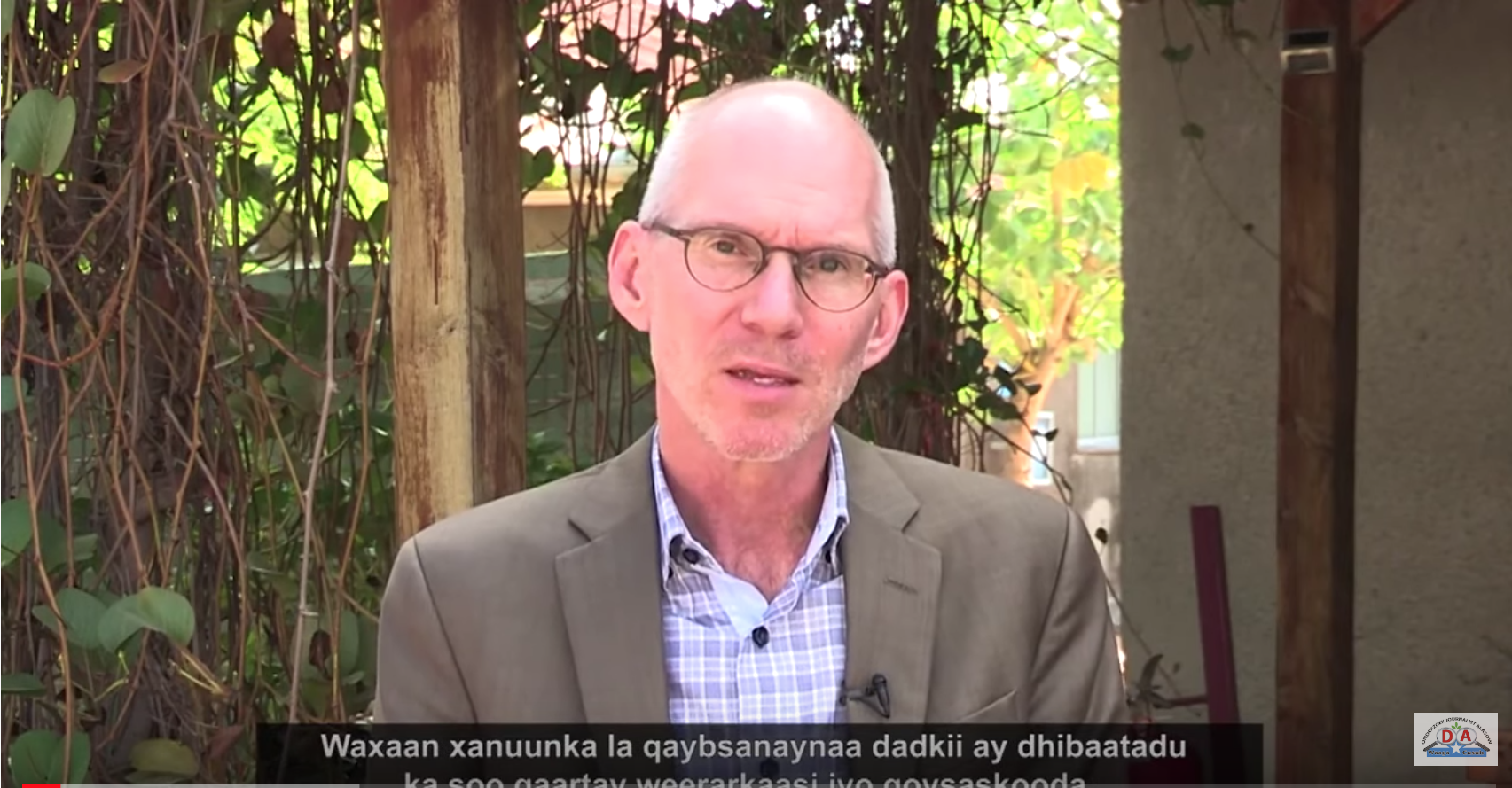
Technology in polls must be deployed in line with law
The challenge of technology deployment during elections in Kenya is not new. It began under the leadership of the late Justice Chesoni whose effort saw the digitisation of the voter register in under six months in the run-up to the 1997 polls.
Subsequent polls gradually introduced technology such as electronic voter registration. In pushing the boundaries of transparency, the IEBC introduced technology to identify voters, transmit results, capture voter details and settle poll station queries through mobile short code and an ambitious portal.
The 2017 polls brought into sharp focus the role of technology in the electoral processes alongside certain terminology by various stakeholders. It also introduced such notions as ‘hacking’, ‘servers’, ‘scanning’, text-based or image transmission, network coverage and other technology-bound specificities. Along the way, there was talk about unauthorised persons logging in to servers and making edits to server logs. These activities while understood by techies is beyond the comprehension of many professionals, including, as it emerged in the context of the Supreme Court presidential challenge case, lawyers. If professionals of note are not as technologically proficient, how much less hapless rural folk? And how would technology pass the constitutional test of simplicity in the context of the voting system?
Election observations have also introduced technology and have become more sophisticated as elections become more competitive. The introduction of new technology and innovations, especially in the era of big data, demands a more responsive legislative regime to govern the use and deployment of technology in elections. These regulations must anticipate all possible impacts and outcomes. In the case of Kenya, the source of truth of the vote resides in the ballots cast. Ballots are the core proof of election victory or loss.
Therefore, the interpretation of the failure of transmission and ‘server’ access should ideally not have been enough reason to invalidate the vote. If the Kenyan experience is to go by, then technologies are not necessarily neutral. Like any other innovation that is not well understood, these technologies must be deployed alongside other legacy systems and processes under the guidance of the law.
- The writer is a technology expert with Infonet Africa-
Leave a comment
| Copyright © 2009 - 2024 Sunatimes News Agency All Rights Reserved. |
| Home | About Us | Diinta | Reports | Latest News | Featured Items | Articles | Suna Radio | Suna TV | Contact Us |
 0
0 









Technology in polls must be deployed in line with law
Election Management Bodies (EMBs) around the world are modernising their electoral processes through adoption of technology to adhere to global best practice.